
IUCN STATUS
Endangered
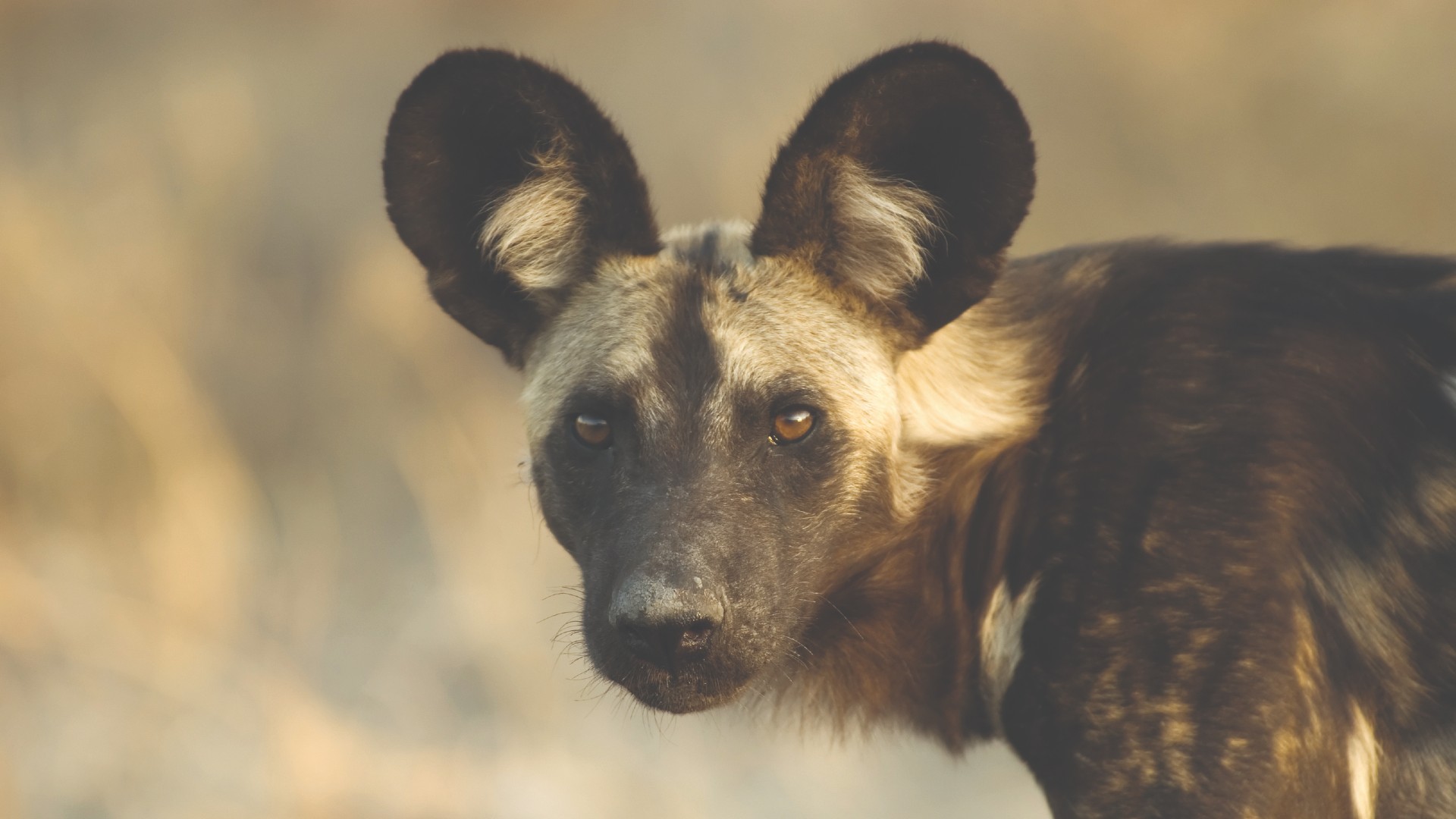
Lycaon pictus

Endangered

~6,679* (~1,409 mature individuals), declining. Last assessed 2012
* According to the International Union for the Conservation of Nature (IUCN)

Carnivorous

Present across many habitats, particularly woodlands, savannah, shrublands and grassland

Sub-Saharan Africa

Weight: 20-30kg, length: 70-110cm, shoulder height: 60-80cm

Habitat loss, human-wild dog conflict, diseases
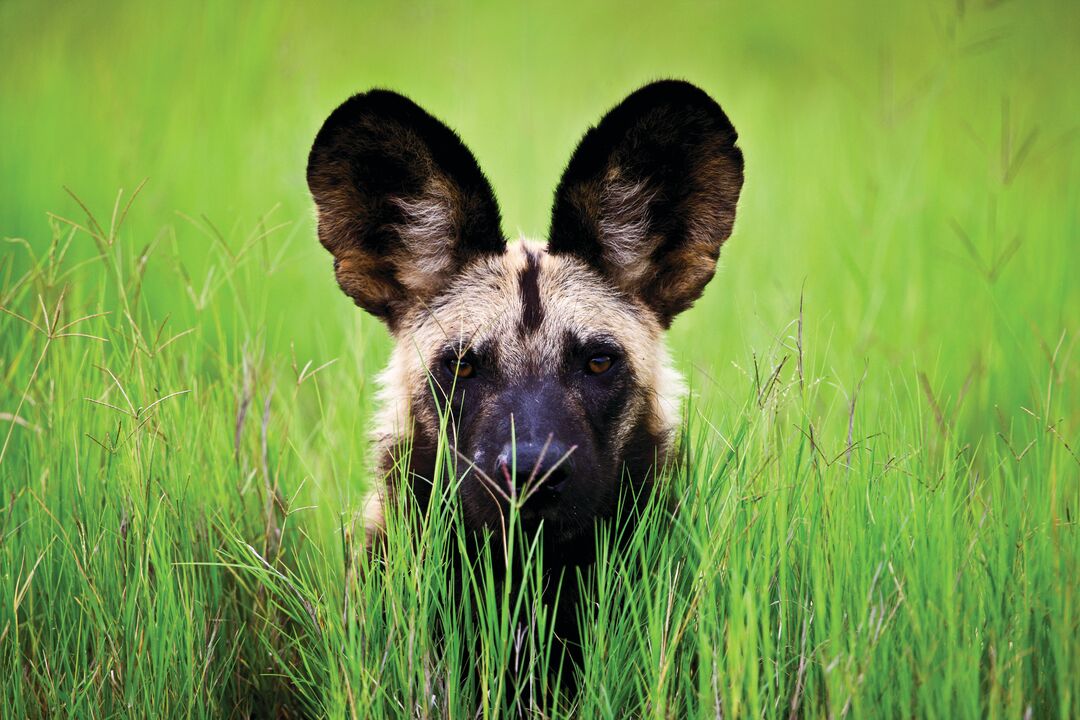
The African wild dog can run at speeds up to 44mph – as fast as a greyhound! They are amongst the most effective predators in Africa with success rate of 80%.
Their scientific name, Lycaon pictus, is derived from the Greek for wolf and the Latin for painted and refers to the dogs’ mottled coat of black, brown, white, russet and yellow. Each wild dog has its own unique pattern. They have large, rounded ears, which swivel to detect minute sounds, long legs and a bushy tail with a white tip. Male and females are roughly the same size.
Wild dogs belong to the Canidae family but are the only living species in the Lycaon genus.
African wild dogs are found in several habitats including grass plains, semi-desert, savannah and forests in sub-Saharan Africa. They mostly hunt small to medium herbivores living in their habitats including impala, gazelles, wildebeest and kudu. Wild dogs need large spaces and are mostly found in protected areas.
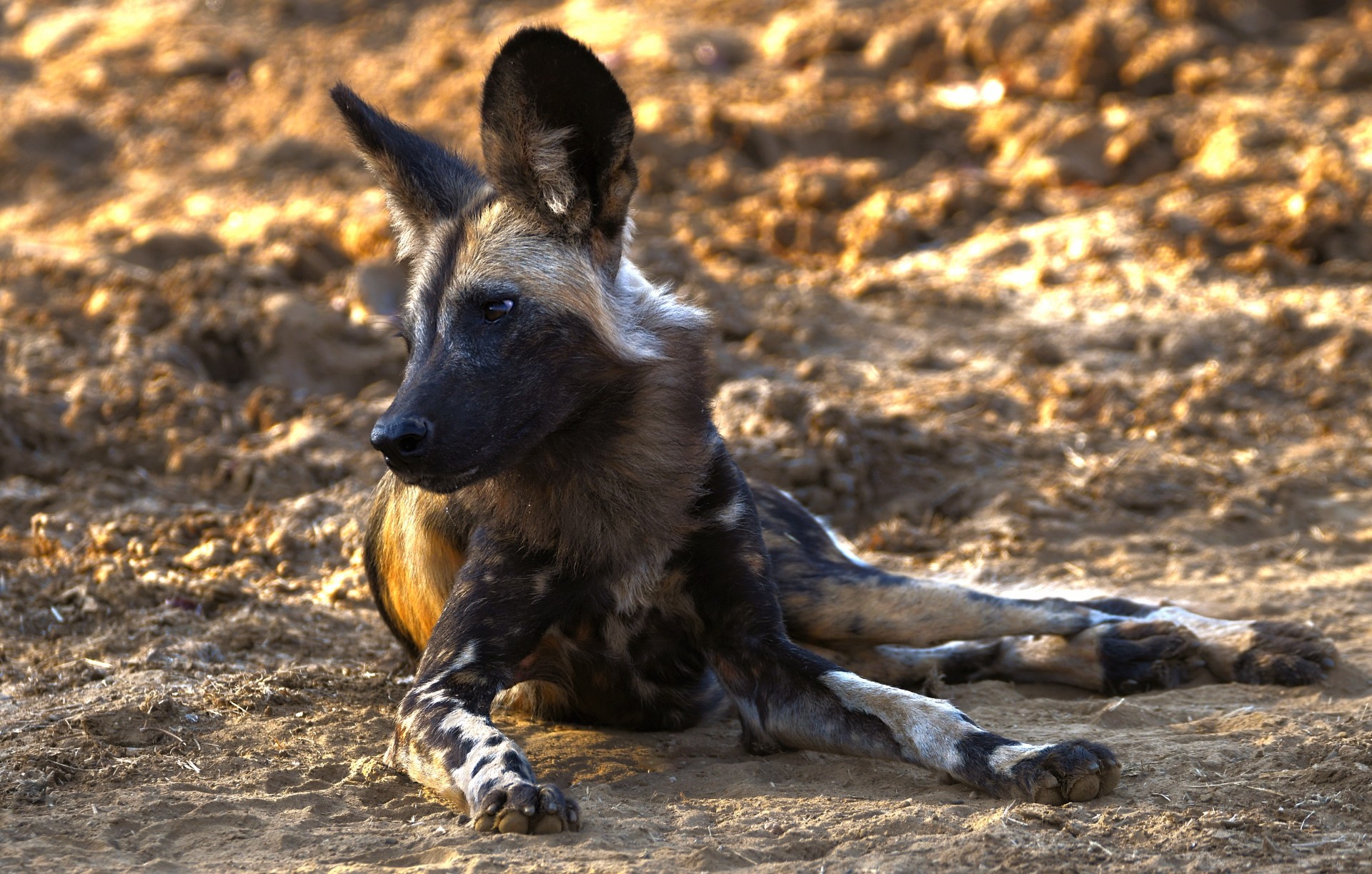
An African wild dog © Catherine Merlin, Unsplash
They live in large packs forming strong social bonds, with all pack members helping to care for the young – as well as the old, sick, or injured – regurgitating food for them and licking wounds clean. They maintain those bonds through intensive group grooming and vocalisations.
Wild dogs hunt in packs, pursuing their prey at speeds of around 35mph for three miles or more and are highly successful. Wild dogs can run at high speeds over long distances, tiring out their prey before killing them. Other carnivores may be attracted to a fresh carcass and can easily push wild dogs off, therefore, they eat the carcass quickly.
Usually only the highest-ranking male and female in a pack breed, producing very large litters of up to 20 pups, though 10 is the average. Pack sizes can range from 3 – 20 dogs depending on the availability of habitat and food.
African wild dogs communicate vocally. For example, wild dogs use a ‘sneeze’ sound to vote on pack decisions, such as whether to go for a hunt. Wild dogs are also known for their bird-like calls and ‘hoo’ calls to communicate with each other over large distances. With their bat like ears, wild dogs can easily pick up these calls from miles away.
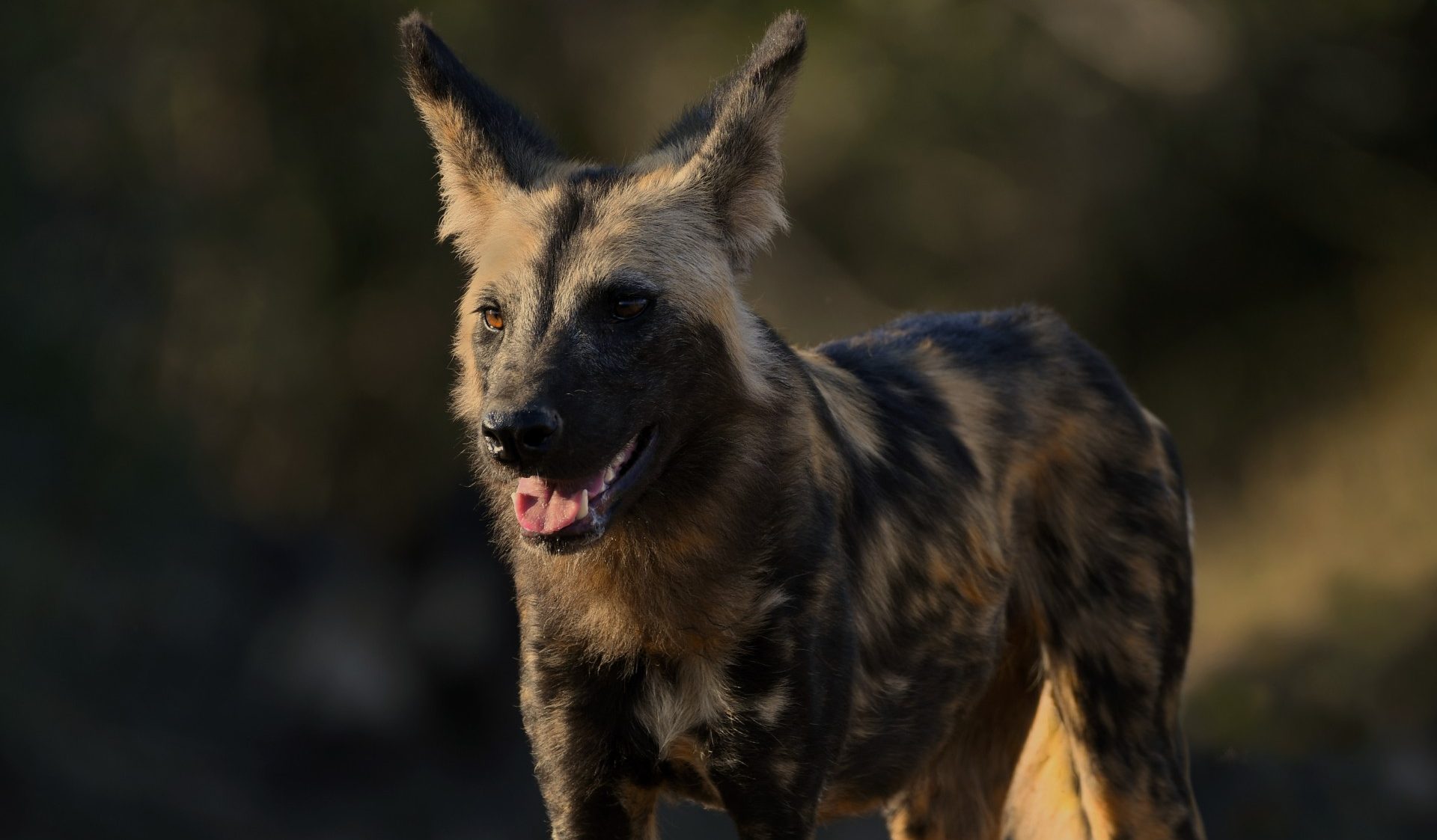
An African wild dog © Catherine Merlin, Unsplash
Several wild dog populations, particularly those in West and Central Africa, face extinction. They require extensive home ranges, and habitat loss and fragmentation, due to expanding human communities and agriculture, is contributing to the continued decline of their populations.
Wild dogs may kill livestock for food and therefore come into conflict with people. This conflict, alongside misinformation about the species, has led to a low level of tolerance with local communities with increased death from persecution, snares, road kills and poisoning of this endangered species.
Like domestic dogs, African wild dogs are vulnerable to infectious diseases such as canine distemper, rabies and parvovirus. These diseases can wipe out entire populations resulting in localised extinction and a reduced gene pool.
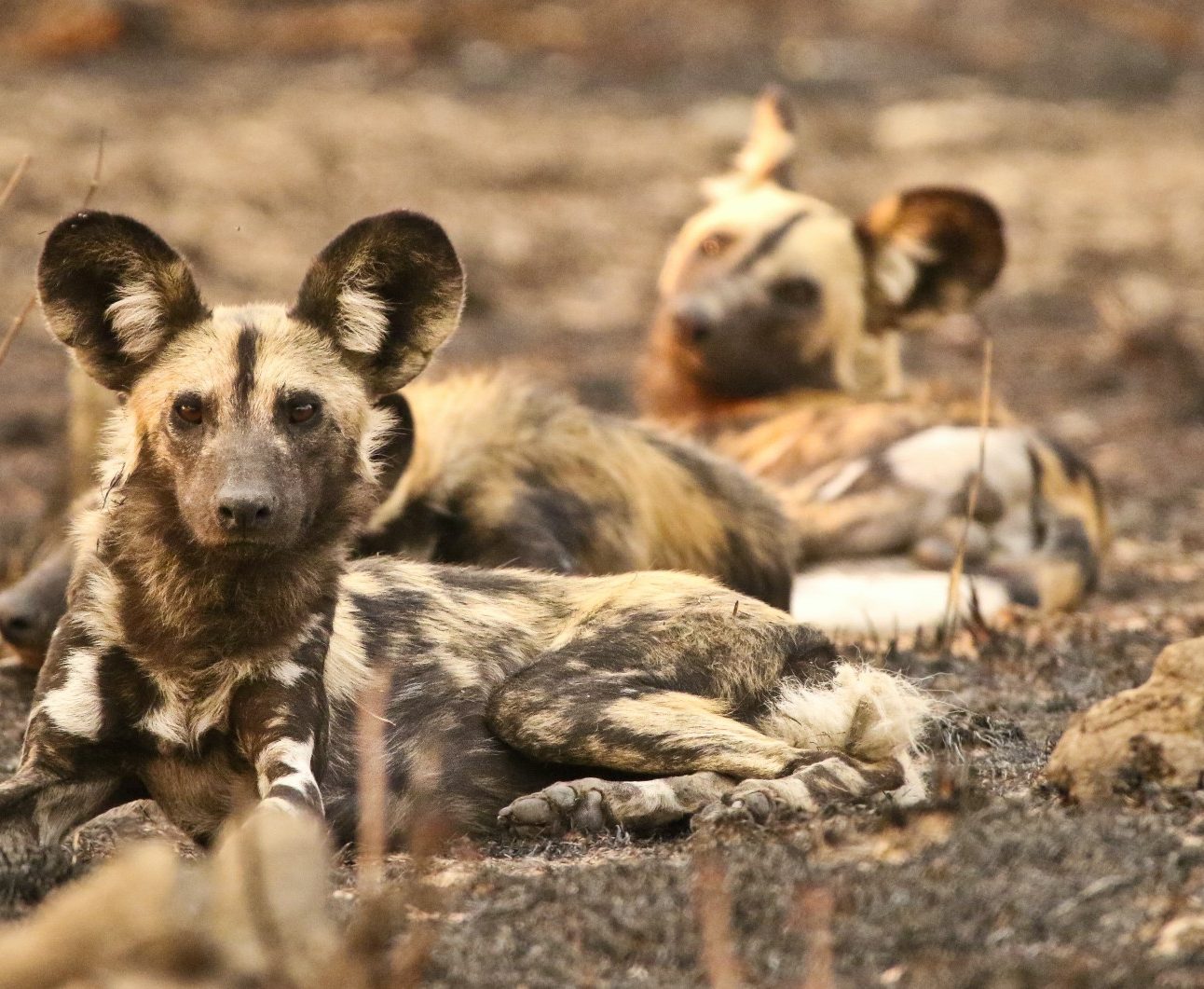
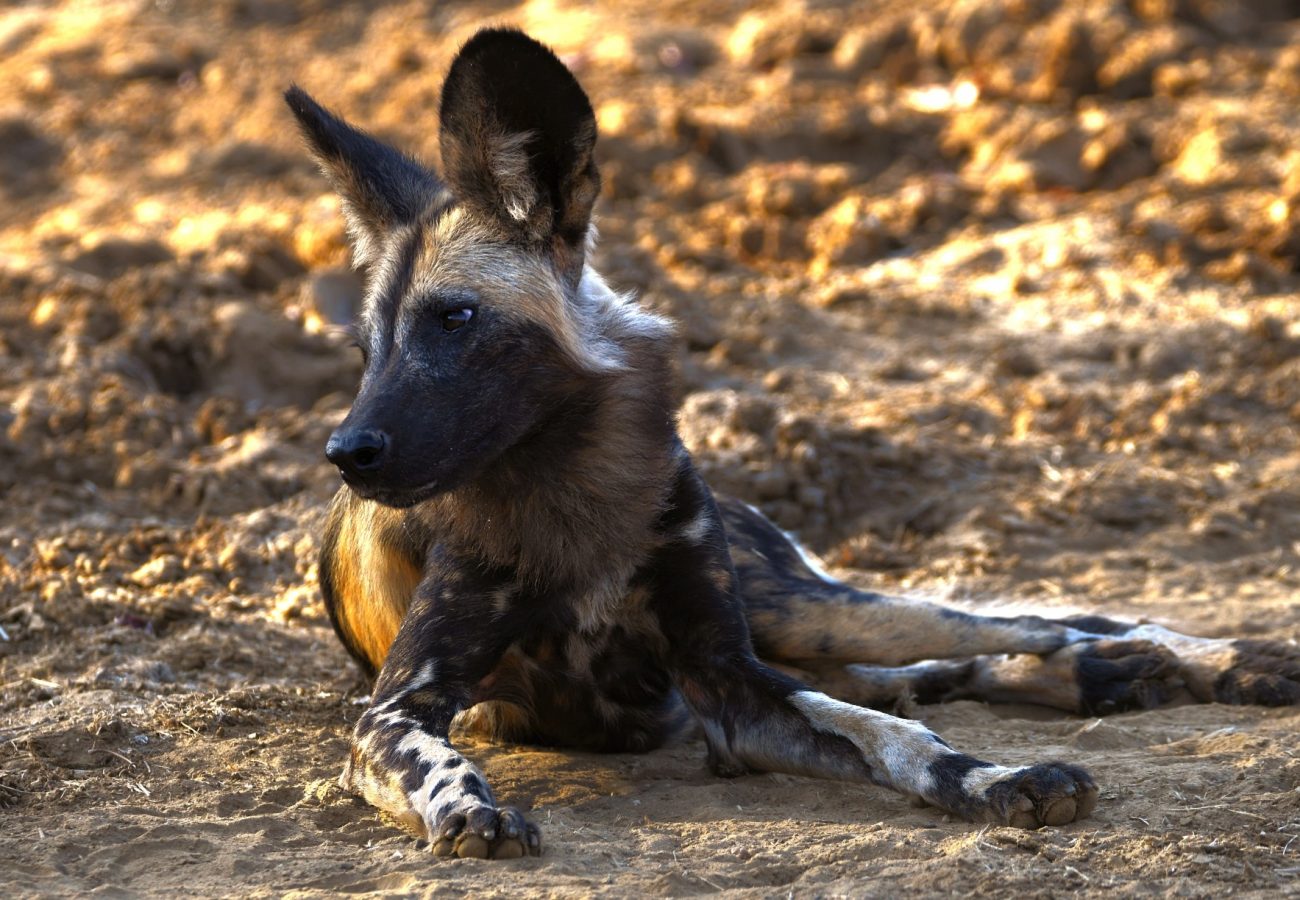
By becoming a Born Free supporter, you could help fund our conservation work in Meru, reducing conflict between people and wild animals including wild dogs.